A proposed method could help scientists coax simple atomic systems into quantum states that have useful, tailored properties.
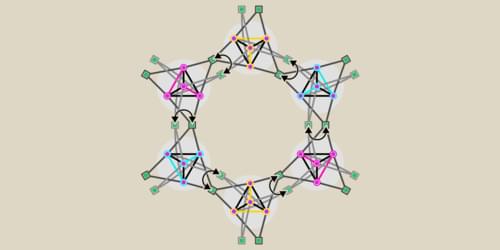

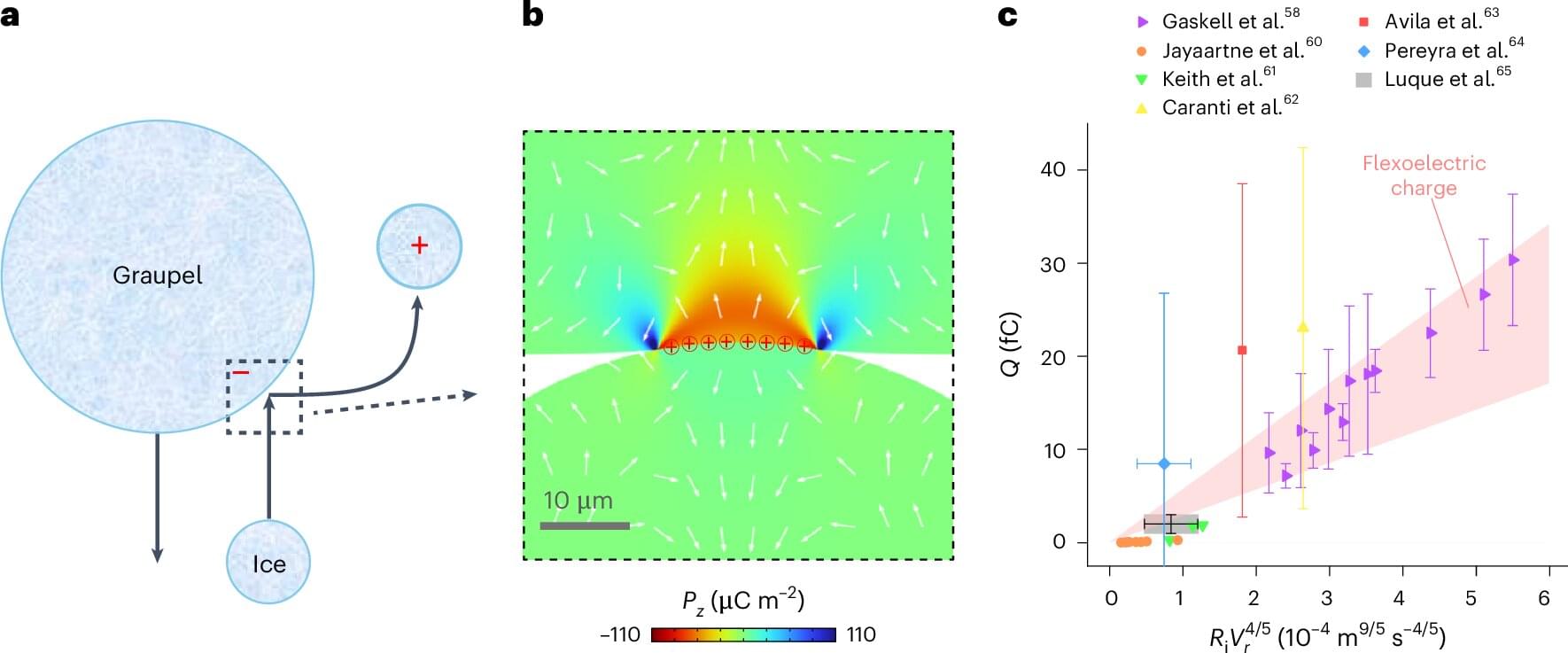
A study co-led by ICN2 reveals that ice is a flexoelectric material, meaning it can produce electricity when unevenly deformed. Published in Nature Physics, this discovery could have major technological implications while also shedding light on natural phenomena such as lightning.
Frozen water is one of the most abundant substances on Earth. It is found in glaciers, on mountain peaks and in polar ice caps. Although it is a well-known material, studying its properties continues to yield fascinating results.
An international study involving ICN2, at the UAB campus, Xi’an Jiaotong University (Xi’an) and Stony Brook University (New York), has shown for the first time that ordinary ice is a flexoelectric material.

What looks like ordinary sand, rocks or snow flowing in one direction can actually hide swirling currents that move in multiple directions beneath the surface.
When grains move in a landslide, most follow the steepest downhill path. This is the “primary flow,” where particles largely follow the herd. But some grains move sideways or swirl in hidden patterns, forming “secondary flows” that subtly influence how far and fast the material travels.
Understanding how grains move beneath the surface could help explain the physics of avalanches and landslides, and even improve how we handle everyday materials like wheat in silos or powders in pharmaceuticals.
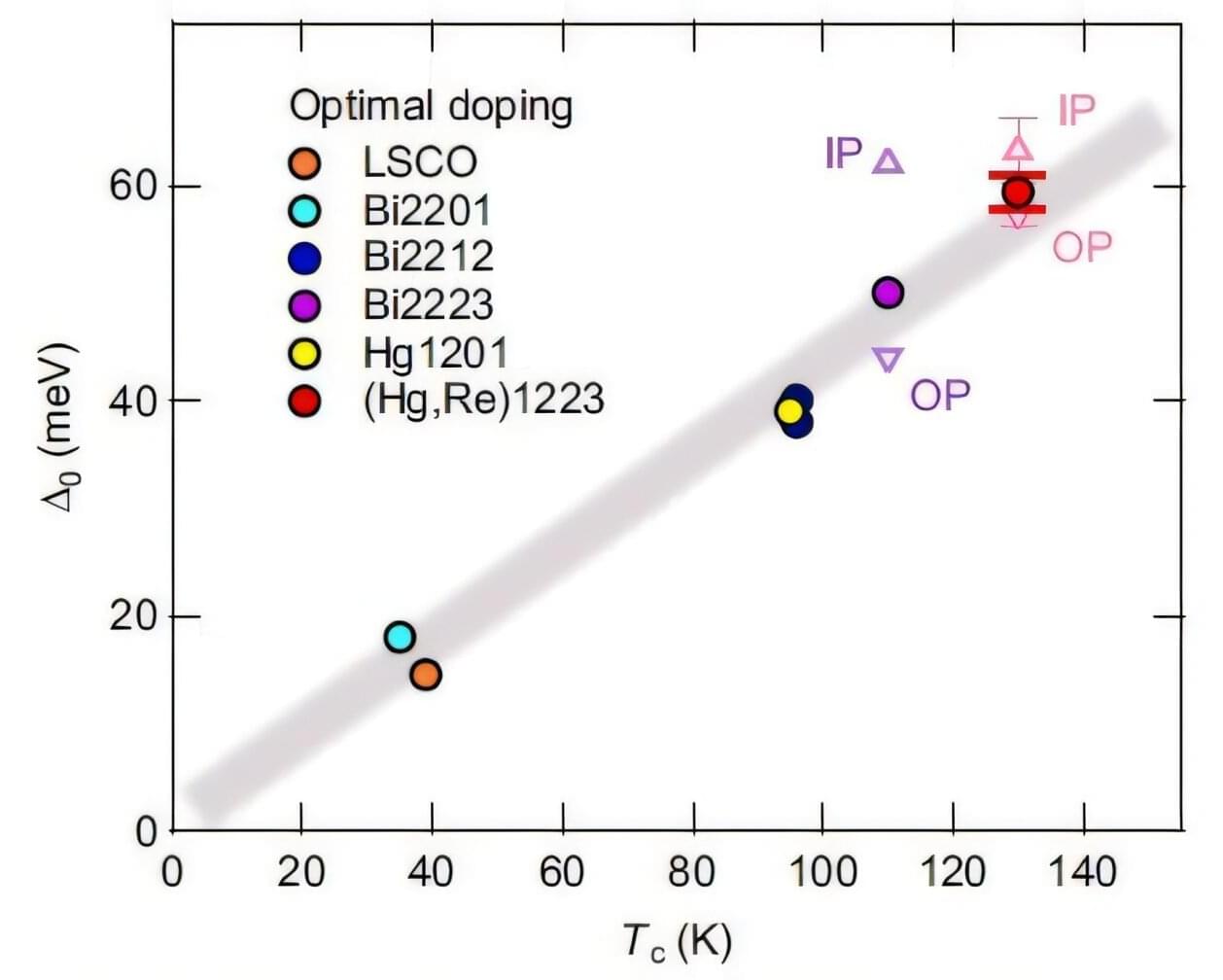
In their quest to explore and characterize high-temperature superconductors, physicists have mostly focused on a material that is not the absolute highest. That’s because that crystal is much easier to split into uniform, easily measurable samples. But in 2024, researchers found a way to grow good crystals that are very similar to the highest temperature superconductor.
Now, many from the same group have analyzed these new crystals and determined why the highest temperature superconductor is indeed higher and what details were missed by looking at the more popular crystal. Their work is published in Physical Review Letters.
The cuprate Bi2223, which at ambient pressure (about 100,000 pascals) superconducts at 110 Kelvin (−163°C), has proven easier to study and specify, even though the similar cuprate Hg1223 superconducts at 134 K.

Advances in spintronics have led to the practical use of magnetoresistive random-access memory (MRAM), a non-volatile memory technology that supports energy-efficient semiconductor integrated circuits.
Recently, antiferromagnets— magnetic materials with no net magnetization—have attracted growing attention as promising complements to conventional ferromagnets. While their properties have been extensively studied, clear demonstrations of their technological advantages have remained elusive.
Now, researchers from Tohoku University, the National Institute for Materials Science (NIMS), and the Japan Atomic Energy Agency (JAEA) have provided the first compelling evidence of the unique benefits of antiferromagnets.
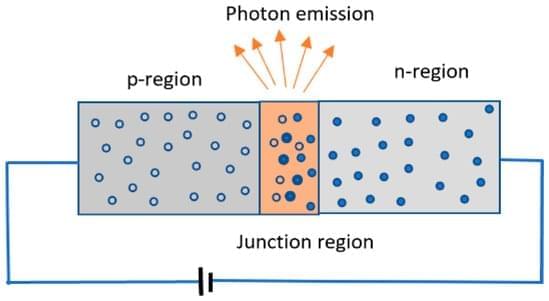
This paper presents an extensive literature review on Light-Emitting Diode (LED) fundamentals and discusses the historical development of LEDs, focusing on the material selection, design employed, and modifications used in increasing the light output. It traces the evolutionary trajectory of the efficiency enhancement of ultraviolet (UV), blue, green, and red LEDs. It rigorously examines the diverse applications of LEDs, spanning from solid-state lighting to cutting-edge display technology, and their emerging role in microbial deactivation. A detailed overview of current trends and prospects in lighting and display technology is presented. Using the literature, this review offers valuable insights into the application of UV LEDs for microbial and potential viral disinfection.

A research team, led by the Universities of Bristol and Cambridge, demonstrated that the polymer material used to make the artificial heart valve is safe following a six-month test in sheep.
Currently, the 1.5 million patients who need heart valve replacements each year face trade-offs. Mechanical heart valves are durable but require lifelong blood thinners due to a high risk of blood clots, whereas biological valves, made from animal tissue, typically last between eight to 10 years before needing replacement.
The artificial heart valve developed by the researchers is made from SEBS (styrene-block-ethylene/butyleneblock-styrene) – a type of plastic that has excellent durability but does not require blood thinners – and potentially offers the best of both worlds. However, further testing is required before it can be tested in humans.
An artificial heart valve made from a new type of plastic could be a step closer to use in humans, following a successful long-term safety test in animals.
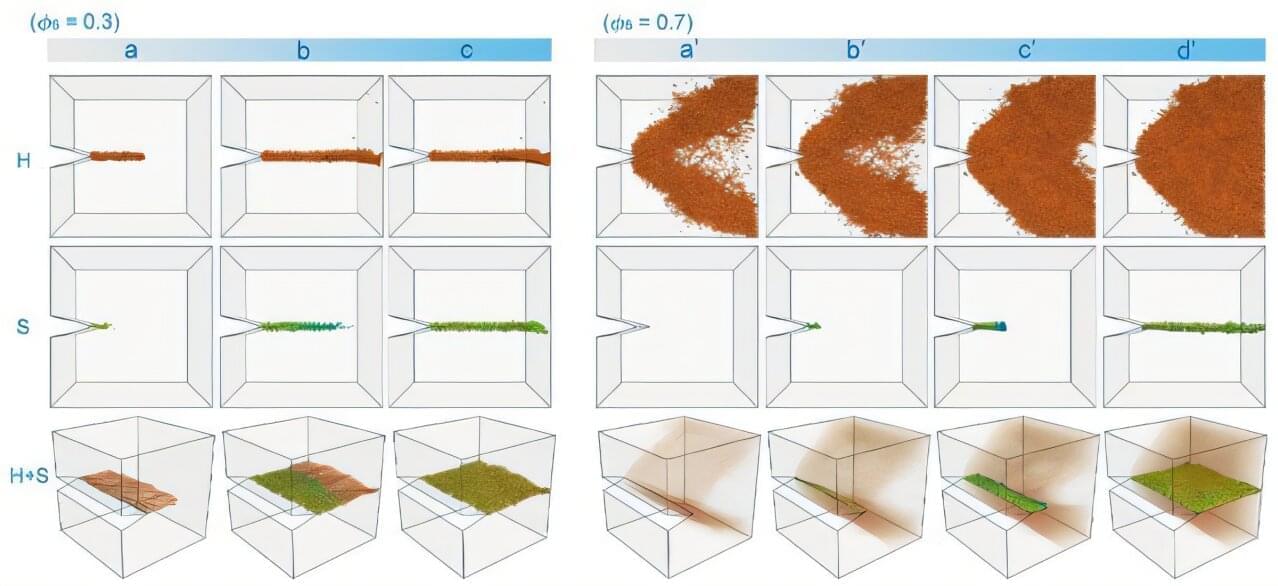
Engineers have long grappled with a fundamental challenge: creating materials that are both strong and tough enough to resist deformation and prevent fractures. These two properties typically exist in opposition, as materials that excel in one area often fail in the other.
Nature, however, has elegantly solved this trade-off in biological materials like bone, teeth, and nacre, which strategically combine soft and hard components in multi-layered architectures. These blueprints have inspired scientists to develop artificial soft–hard composites—from advanced dual-phase steels to specialized gels and reinforced rubbers—that demonstrate performance exceeding that of their individual components.
While artificial soft–hard composites have shown impressive performance in laboratory tests and real-world applications, the fundamental mechanisms behind their enhanced properties remain largely unclear. The inherent complexity of these materials, encompassing nonlinear behaviors, intricate internal structures, and multi-scale interactions, has made it difficult to isolate the essential design principles.
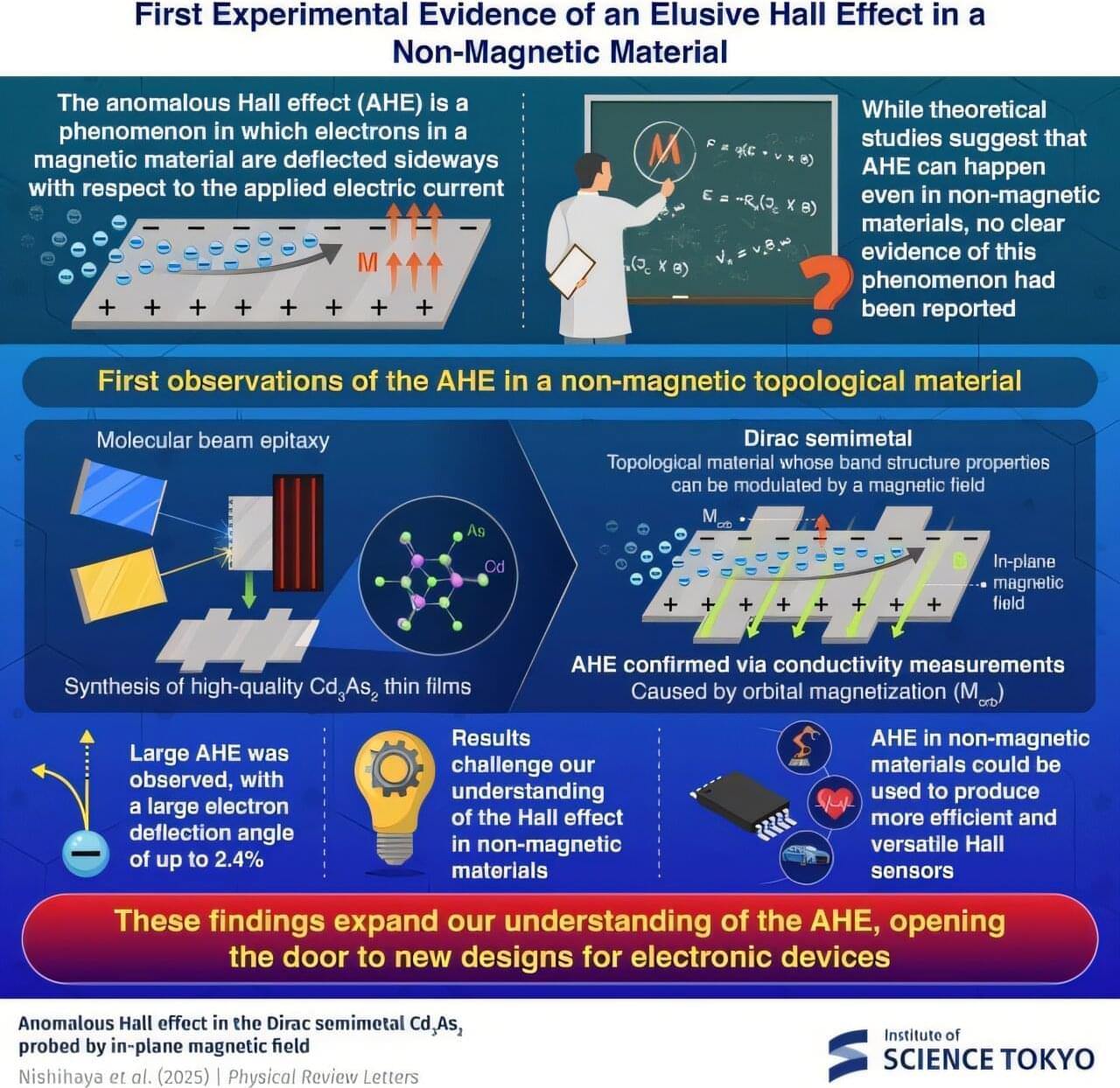
A giant anomalous Hall effect (AHE) has been observed in a nonmagnetic material for the first time, as reported by researchers from Japan. This surprising result was achieved using high-quality Cd3As2 thin films, a Dirac semimetal, under an in-plane magnetic field. By modulating the material’s band structure, the team isolated the AHE and traced its origin to orbital magnetization rather than spin, challenging long-held assumptions in condensed matter physics.
In 1879, American physicist Edwin Hall discovered that a voltage develops across a conductor when it carries an electric current in a magnetic field, caused by the sideways deflection of moving charges. This phenomenon, which later became known as the Hall effect, quickly became a hot topic in the field and led to notable advances in the theoretical, experimental, and practical realms alike. Soon after the initial discovery of the Hall effect, scientists noticed that magnetic materials exhibited a similar phenomenon—this was coined the anomalous Hall effect (AHE).
Much more puzzling than the ordinary Hall effect, the AHE has stirred up debate among physicists for decades regarding the true nature of its origin. Some theoretical predictions have even hinted that AHE may be possible even in nonmagnetic materials. However, experimental confirmation of these predictions had never been achieved—until now.
